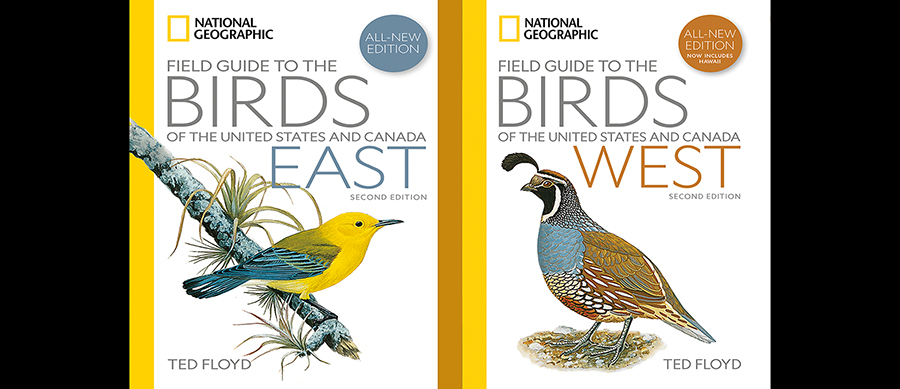PROTECT YOUR DNA WITH QUANTUM TECHNOLOGY
Orgo-Life the new way to the future Advertising by AdpathwayAvian flu continues to be a big concern in the US, although at the moment the impact has been a lot milder than many had feared.
The strain of avian flu that currently poses the biggest threat to humans, H5N1, was first recorded in April 2022, with the majority of outbreaks occuring between 2024-2025, including the first recorded death from the disease in January 2025. As of the 27th of August, 70 human cases have been recorded in the US, with no further fatalities, although the risk of transmission to agricultural workers and backyard poultry owners remains high.
At the present time: 41 of cases have been directly linked to dairy cows, around 24 were as a result of contact with commercial poultry, and only two cases have been from backyard flocks, however one of these was the case that ended up being fatal. The three remaining cases have no confirmed origin, though ‘genetic sequencing tied them to cattle-associated viruses’.
As this recent study by the Centers for Disease Control and Prevention (CDC) emphasises, vigilance and protection is essential to minimize the frequency of contact between the virus and humans, as every instance is an opportunity for the virus to evolve and adapt to new host organisms. H5N1 must not be allowed to evolve so that it becomes transmissible from human to human, as that could be very bad news indeed.
 Confirmed H5N1 cases in the US; image sourced from the CDC
Confirmed H5N1 cases in the US; image sourced from the CDCWhat strains of Bird Flu can infect people?
There are a great many strains of bird flu virus, which are classified into subtypes based on the arrangement of their HA (Hemagglutinin) and NA (Neuraminidase) proteins. Only a limited amount of these have ever been recorded as infecting humans, primarily the H5, H7, and H9 subtypes. Of these subtypes, it is H5N1 and H7N9 that are of the biggest concern at the present time. Fortunately, even from these strains, the transmission of Avian influenza to humans is very rare.
Most influenza viruses tend to be adapted to favor transmission in either birds or mammals – rarely both. However, even a strain that favors avian transmission can still infect mammals; the likelihood is just lower. There are certain species like pigs however, that are quite susceptible to even avian flu strains. Increased infection retains in other mammalian livestock, such as cows, often precedes the transmissibility of the disease to human beings, and is a worrying sign when it occurs: this is where we currently are with H5N1.
What is the fatality rate of H5N1 in humans?
Looking at cases of H5N1 globally, the fatality rate of H5N1 avian influenza in humans is very high, at around 48–54, certainly when compared against seasonal flu, which has a fatality rate of around 0.01–0.1%. Given the comparatively small amount of data, this figure is very likely to be inflated, however, as it’s based on confirmed cases only – typically cases severe enough that the infected person ends up in hospital – there are likely many more asymptomatic or mild cases that have gone unrecorded.
As stated however, looking at the recorded infections in the US, the number of deaths remains just 1 person across all 70 known cases. The reasons for this are not definitively known but there are likely various factors at play, including the younger age and relative pre-existing health of the infected (who were mostly farm workers), as well as better, more rapid identification and treatment of infected cases.
Regardless, there is no doubt that this is still a very serious disease that requires a concerted effort to control effectively.
What precautions can birders take to prevent bird flu?
The risk to individuals who are not involved in livestock handling remains very low. Songbirds are less likely to transmit the virus than farmed poultry; nevertheless, maintaining good hygiene standards when handling birds, inspecting nest boxes, or cleaning bird feeders remains essential – particularly the use of gloves (disposable or disinfected between uses) and thoroughly washing hands. Wearing a mask while cleaning bird boxes or other habitat areas is also advisable, as is cleaning your clothes and shoes between uses.
If you keep backyard poultry, then the risk increases substantially, as does the amount of precautions you must take. Have a read of our guide on How to Protect Yourself & Backyard Flock From Avian Influenza for more information.























 English (US) ·
English (US) ·  French (CA) ·
French (CA) ·